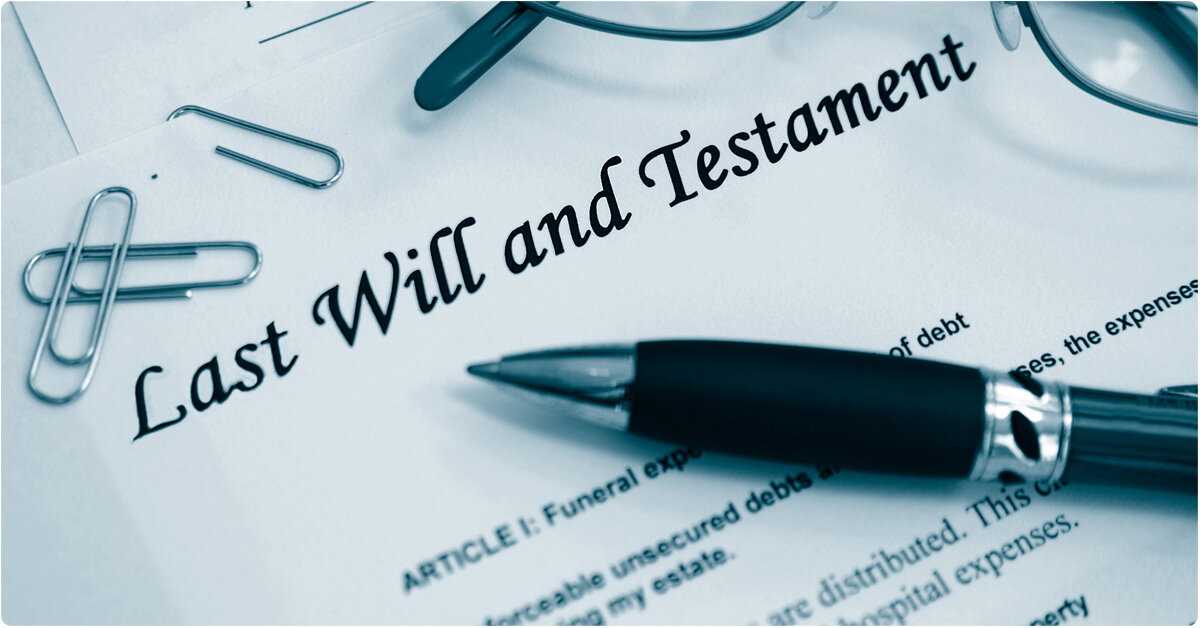
If you are like most clients, anticipating an inheritance likely means that something is happening, or has happened, to someone you love. Often this means dealing with the complexities of grief and loss, in addition to the potential stress of additional financial opportunities and responsibilities. Combining your past money experience and your relationship with the person you are losing or have lost can cause varying degrees of stress.
Based on our experience with clients who expect to receive an inheritance, we offer a few suggestions that will serve you well and help you avoid some of the common pitfalls:
Avoid making big plans to upgrade your home, buy the fancy car, or take the exotic trips. In other words, don’t spend the money before you have it.
Don’t let others pressure you into quick decisions or coax you into making purchases or gifts that you wouldn’t normally make.
Don’t make any big purchases until you have taken the time to do more purposeful planning.
Take an intentional time-out from decision-making. Give yourself the ability to grieve, and to make sure your head is clear and ready to make smart financial decisions.
In the planning process, determine what will change, or has changed, for you since receiving the inheritance (income, savings, investments, expenses, home, etc.); this information will help guide your financial planning decisions with the inherited funds.
Identify your current and future financial goals, then plan so that inherited funds help you meet those goals.
Even if you have a financial plan and are an experienced investor, receiving an inheritance can throw you for a loop from an emotional standpoint – and from a planning standpoint – when you rush to make decisions. If you have no experience with money, receiving an inheritance can seem completely overwhelming and stressful. In either case, having a financial planner – a decision partner to provide assistance, guidance, and a sounding board – can be invaluable. If you expect, or know someone who expects, an inheritance and could use some guidance, please contact us for assistance (Sandy.Adams@CenterFinPlan.com). We are always happy to help!
Sandra Adams, CFP®, CeFT™, is a Partner and CERTIFIED FINANCIAL PLANNER™ professional at Center for Financial Planning, Inc.® She specializes in Elder Care Financial Planning and serves as a trusted source for national publications, including The Wall Street Journal, Research Magazine, and Journal of Financial Planning.
Any opinions are those of Sandra D. Adams, CFP® and not necessarily those of Raymond James. Expressions of opinion are as of this date and are subject to change without notice. There is no guarantee that these statements, opinions or forecasts provided herein will prove to be correct. Investing involves risk and you may incur a profit or loss regardless of strategy selected.
Certified Financial Planner Board of Standards Inc. owns the certification marks CFP®, CERTIFIED FINANCIAL PLANNER™ and CFP® in the U.S.














